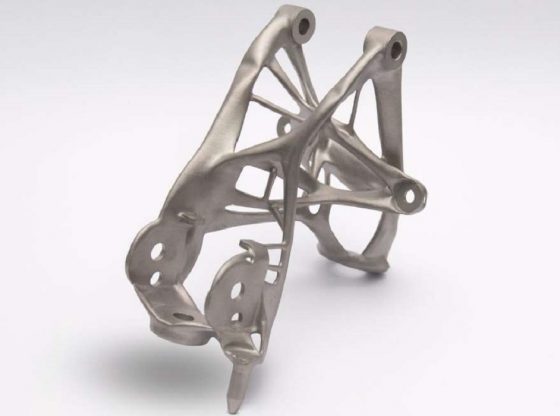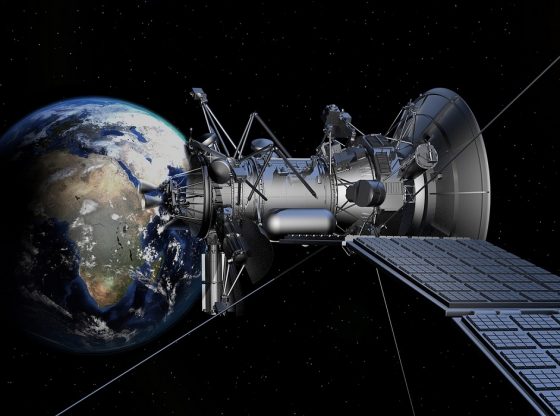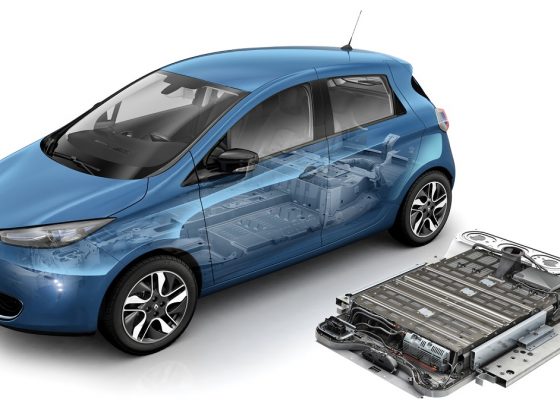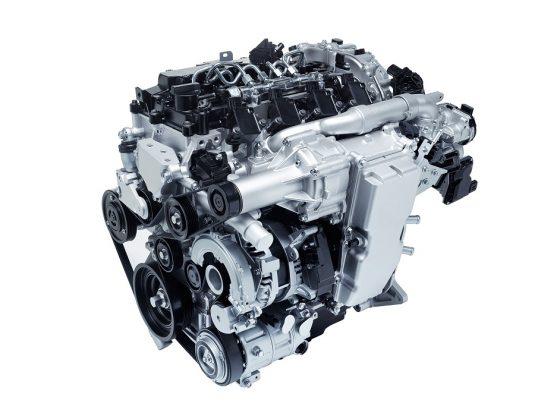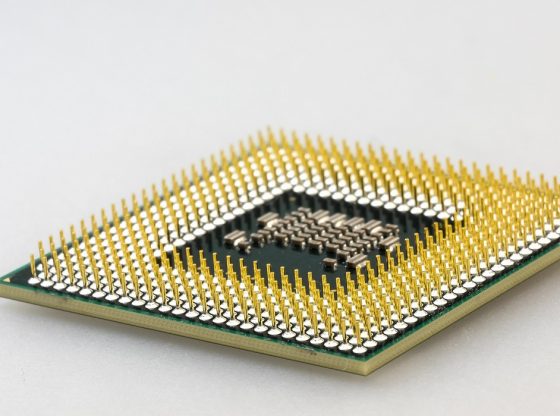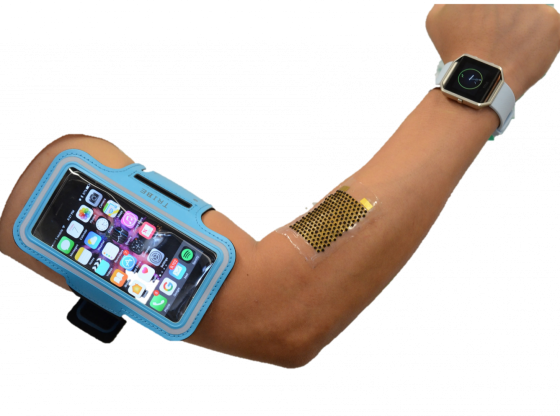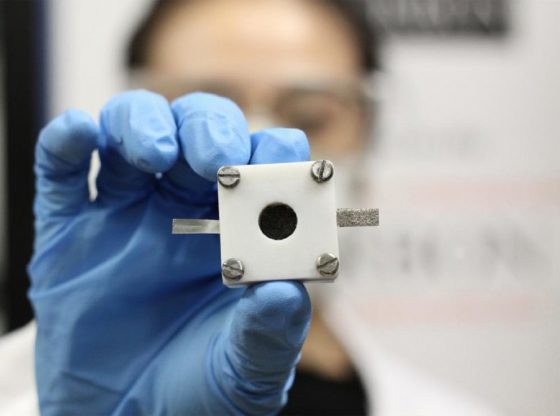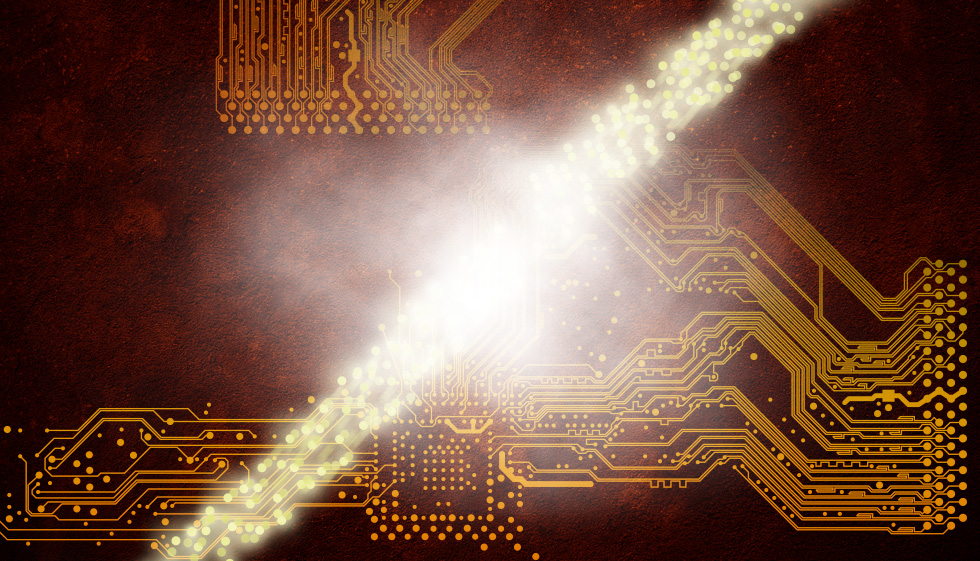
Researchers have achieved a big step in a direction that could spell the future of computing – namely optical computing.
Faster, Cooler and More Efficient
Optical computing implies the usage of light instead of electrons to perform calculations and photons to act as the medium for transporting information. With great potential to enable incredibly fast computers and also future quantum computers. Optical computers would not only be much faster, they would also run much cooler and would require less power.
The research is a collaboration between MIT, Harvard University and Vienna University of Technology. The researchers presented their research in the latest issue of Science.
Optical Transistor
A major obstacle when using light instead of electricity is that of photons lacking interactive behavior. When photons collide they just pass through each other.
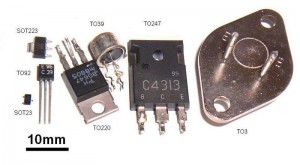
To circumvent this problem, the researchers developed an optical switch that is controlled by a single photon. Essentially an optical analog of a transistor. A regular electronic semiconductor transistor is used to amplify and switch electronic signals and electrical power. This optical switch uses two mirrors to allow for light to pass or not.
There is a particular need for using exactly two mirrors instead of one. As this is an essential physical fact about photons, them being both a particle and a wave. One mirror would have been enough if photons act solely as particles as the photons would have been stopped. But as a wave, the electromagnetism jumps into space between the mirrors, and if the distance between the mirrors is precisely calibrated in relation to its wavelength, the electromagnetic field builds up and cancels the field coming back and instead projects it forward. Making the mirrors transparent to light of the right wavelength.
Atom Collisions
The present major problem though is to avoid any atoms to collide with the photons since such a collision would make the optical switch malfunction with no light being able to pass through it. To avoid this, the scientists used super-cooled gas and atoms for the optical switch to work. This is a fact that makes the technology not viable as a very practical design.
Quantum Computers
This optical switch may be practical when considering quantum computers. Since quantum computers have long been thought as the next big thing for computing.
When a data bit in an ordinary computer represents either on or off, 1 or 0. The bits used in quantum computers are able to represent both states simultaneously. Making it possible to solve computations in parallel instead of one by one.
Presently there is a problem when keeping particles in the state of so-called superposition. But photons are much easier to work with of exactly the same reason it is hard to get photons to interact.
Whether the future of computing is spelled graphene circuit boards, optical computers, quantum computers, DNA computing or any combination, only the future will tell.
______________
Researchers build an all-optical transistor
____________________________



